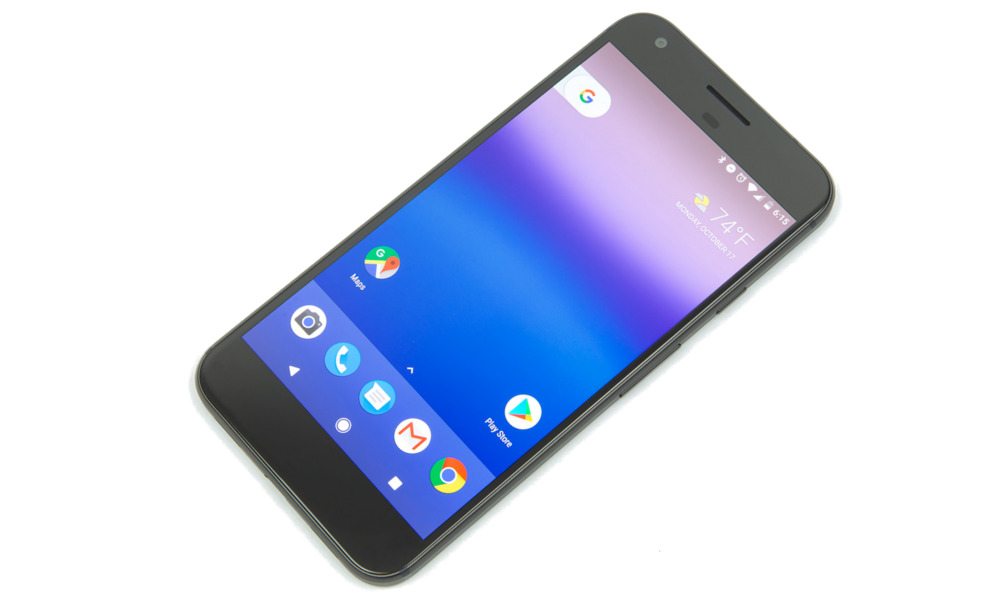iPhone 7 vs. Google Pixel – Ease of Switching Operating Systems and Migration Assistant Comparison

Toggle Dark Mode
Today, the smartphone market is as competitive as ever – phones like the Samsung Galaxy S7 Edge, the Moto Z, the LG V20, and of course the Google Pixel are every bit as impressive as the iPhone 7. And while many people have a strong preference when it comes to which operating system (iOS or Android) they prefer to work with, the number of enticing options can lead to even the most dedicated iOS users trying out the Android OS (and vice versa).
For users considering making the jump from an Android smartphone to the iPhone 7, or from an iPhone to a new Android phone, here’s how it’s done.
Switching from Android to iOS
When iOS 9 was announced at Apple’s annual Worldwide Developers Conference in June of 2015, Apple introduced a tool that would make switching from an Android phone to an iPhone incredibly easy. Apple has created their very first Android app – a migration assistant called “Move to iOS”. Move to iOS allows you to transfer your contacts, message history, photos, videos, web bookmarks, mail accounts, and calendars from an Android smartphone (running Android 4.0 or later) to an iPhone 5 or later easily and securely in just a few simple steps. The app also works for iPads (4th generation or later), iPad minis (2nd generation or later), and 6th generation iPod Touch devices.
When setting up a new iPhone (or iPad/iPod Touch), users can access the “Move Data from Android” option via the Apps & Data screen. Users can then download the Move to iOS app onto their Android device, available at the Google Play Store, plug their device into a power source, ensure Wi-Fi is enabled, and start the app. The iPhone will then create a private Wi-Fi network, find your Android device, prompt you to pair the two devices using a security code, and begin transferring all of your data. The app will even look to transfer the apps each user has on their device – downloading any matching free iOS apps from the App Store, and placing matching paid apps onto the user’s App Store wishlist. The process may be a bit time consuming, but Apple makes it as simple as can be.
Switching from iOS to Android
With the Move to iOS app, Apple certainly makes it easy for users to switch from an Android phone to an iPhone. However, with the tight control Apple keeps over its App Store, no such app to do the opposite could possibly ever exist for iPhone users. In Apple’s App Store Review Guidelines for developers, Apple explicitly states that every developer must “Make sure your app is focused on the iOS, Mac, Apple TV or Apple Watch experience, and doesn’t include names, icons, or imagery of other mobile platforms in your app or metadata…” That effectively rules out the creation of any “Move to Android” app in Apple’s App Store.
The good news is, moving from iOS to Android, although not as easy as using the Move to iOS app, is actually easier than ever thanks to the Android operating system’s tight integration with Google’s wide range of services. Gmail allows users to backup sync their mail, contacts, and calendars seamlessly between devices, while Google Photos does the same for photos and videos, and Google Music does the same for music. Until recently, backing up using those apps was the fastest way to transfer all of your data from an iPhone to an Android phone. However, now there are several ways for users to migrate all of their data over to the Android operating system. Google Drive, Google’s file storing and synchronization service, now allows iOS users to easily backup their contacts, calendars, and camera roll with a series of simple clicks. The process takes several hours (it’s a good idea to make sure Wi-Fi is enabled and the iPhone is plugged into a power source), but is simpler than ever. Google recently published a 3-step guide to making the switch from iPhone to Android using Google Drive.
Switching to Android using the Google Drive app makes the process easier than ever, but it isn’t quite as comprehensive as the Move to iOS app – Google Drive won’t back up your text messages or music, for example. However, Google has made the process incredibly simple for Pixel owners. Every Pixel smartphone ships with a “Quick Switch Adapter” included, which allows users to connect their Pixel device directly to an iOS device via the Lightning port. From there, users can directly transfer contacts, calendar events, photos, videos, music, iMessages, SMS messages, and more directly from their iOS device onto a new Android device. Google has also published a separate guide to transfer data from an iPhone to a Pixel, which claims that the process will even “automatically load available, matched, Android versions” of the iOS device’s iPhone apps onto the Pixel device. It’s unclear if the “Quick Switch Adapter” tool will be made available to users with other Android phones, or if it will be a Pixel-only feature.
Conclusion
As the features on Android smartphones and iPhones become more and more similar, and as the Android operating system and iOS mature, more and more people are becoming curious about what the competition has to offer. For those of you looking to make the jump from iOS to Android, or vice versa, the process is relatively simple. Apple makes it a bit easier to jump ship over to their ecosystem, but the process is relatively straightforward for both operating systems.






